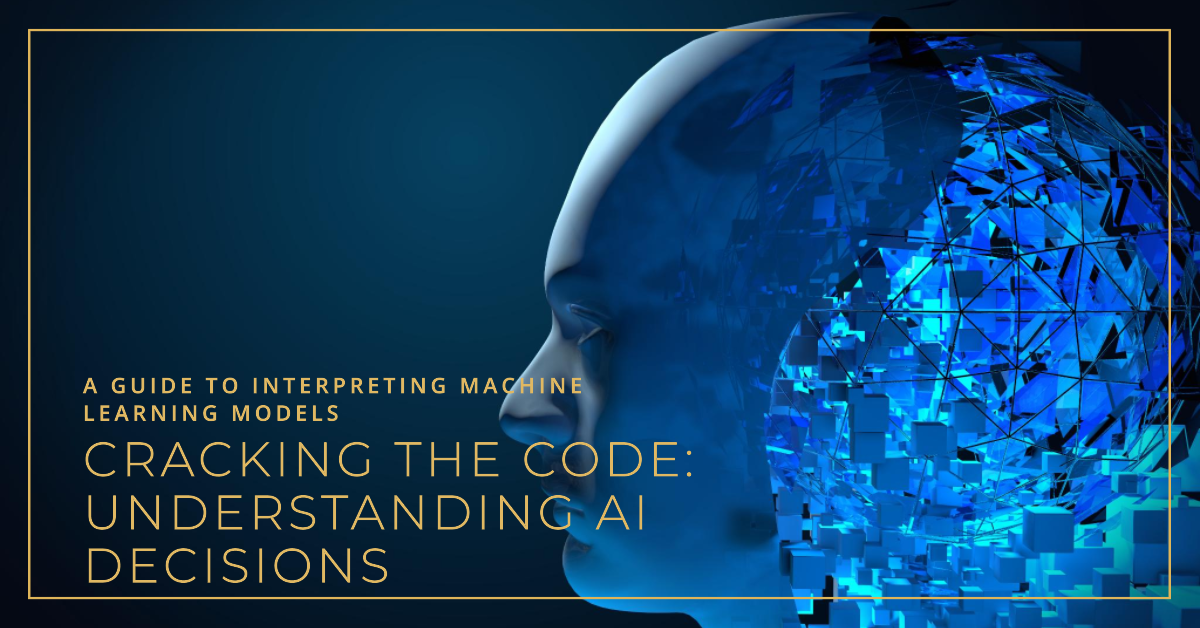Interpreting machine learning models poses a significant challenge. The lack of transparency in these models raises concerns about accountability and trust. Understanding the decisions made by AI systems is critical for their widespread acceptance and ethical use.

